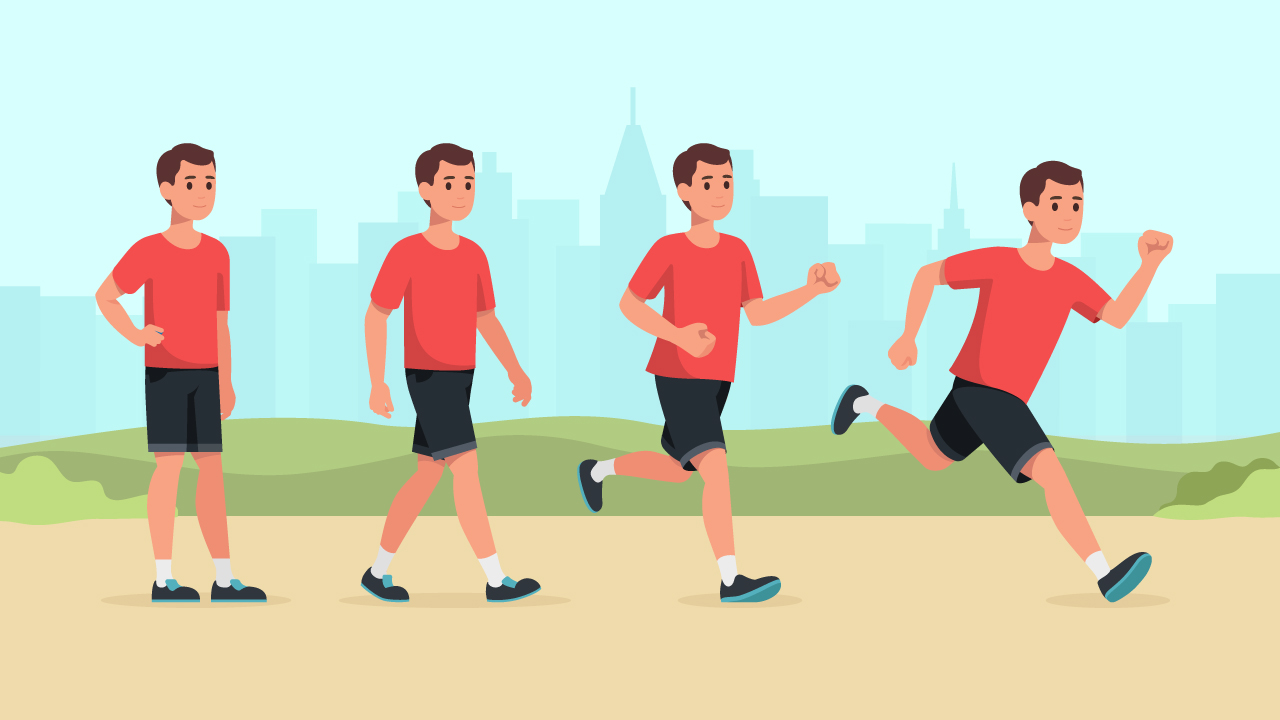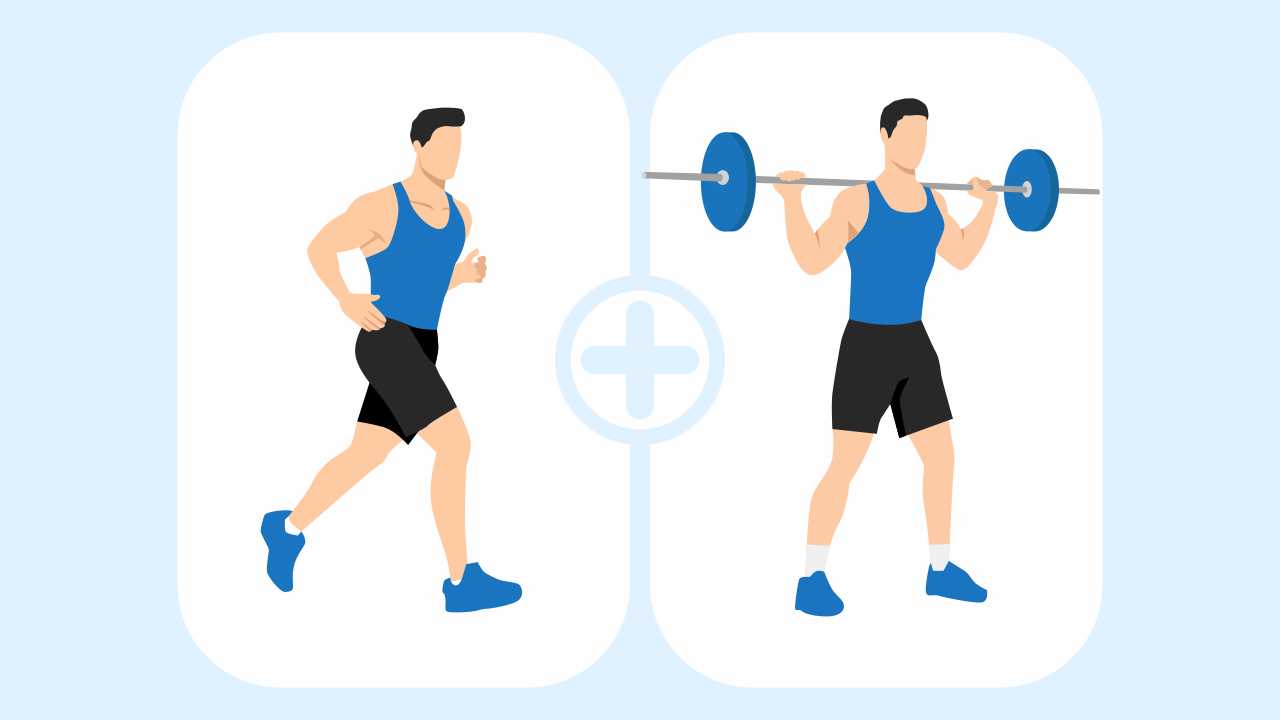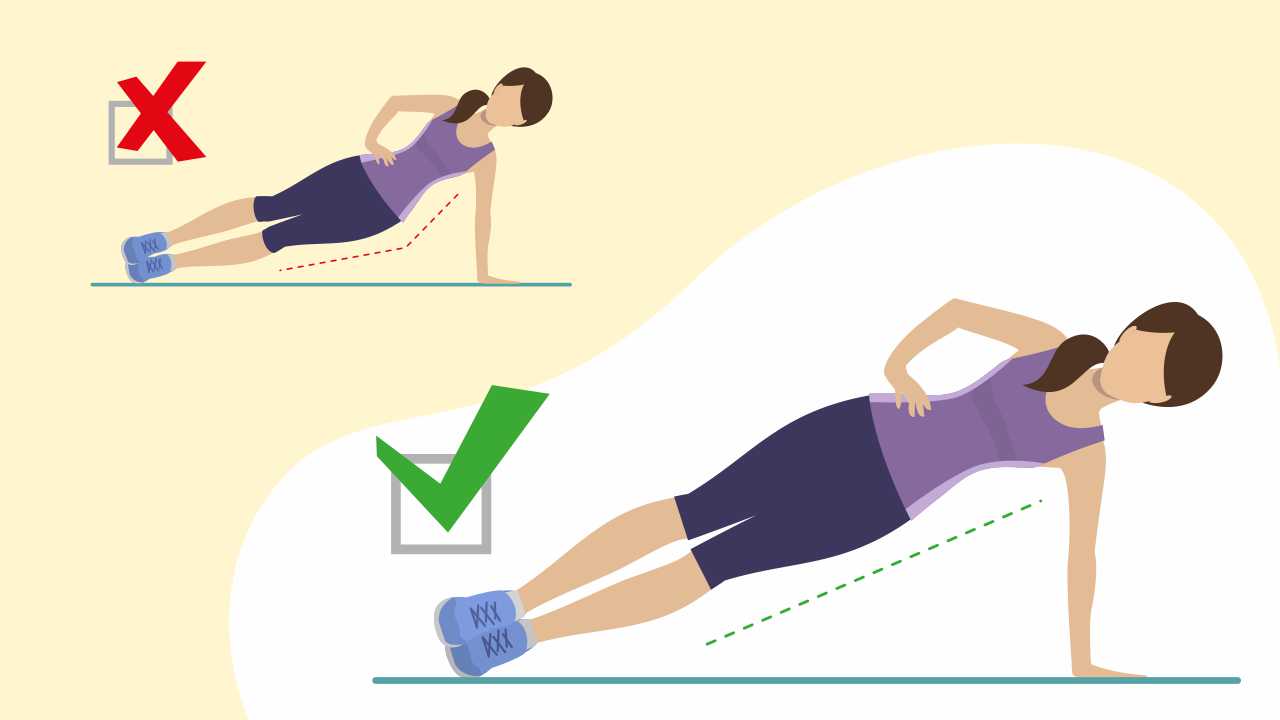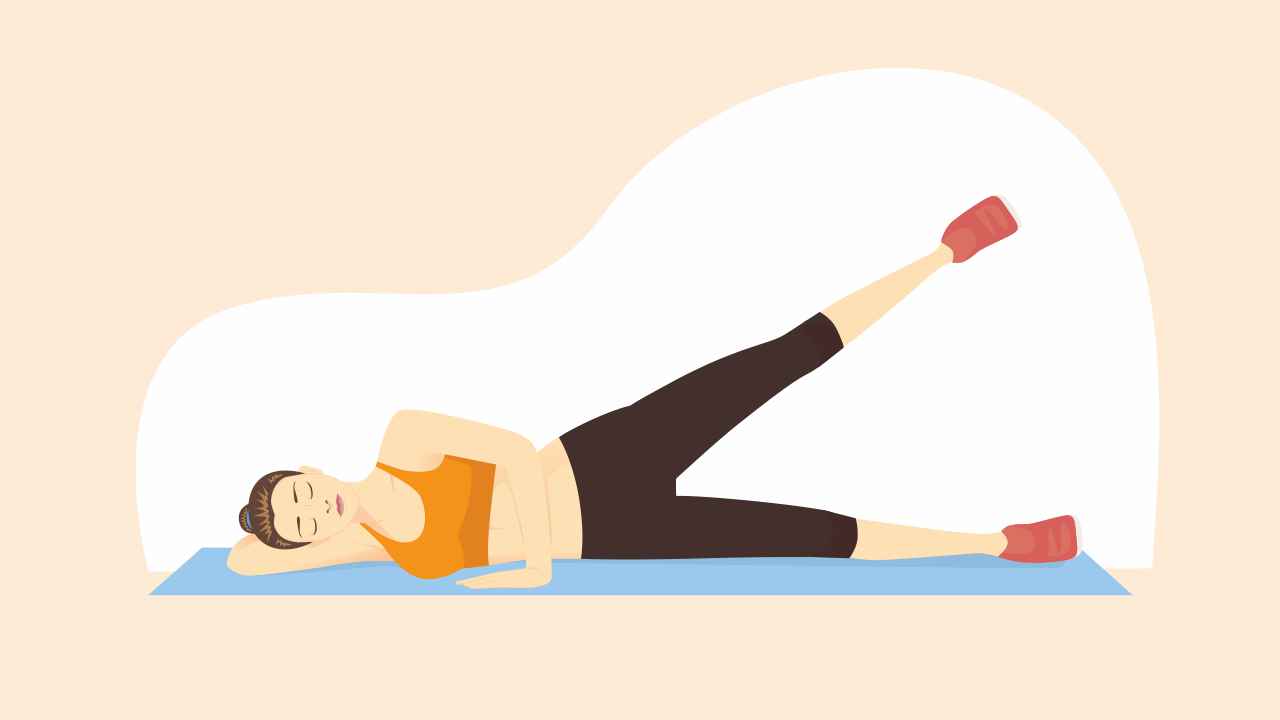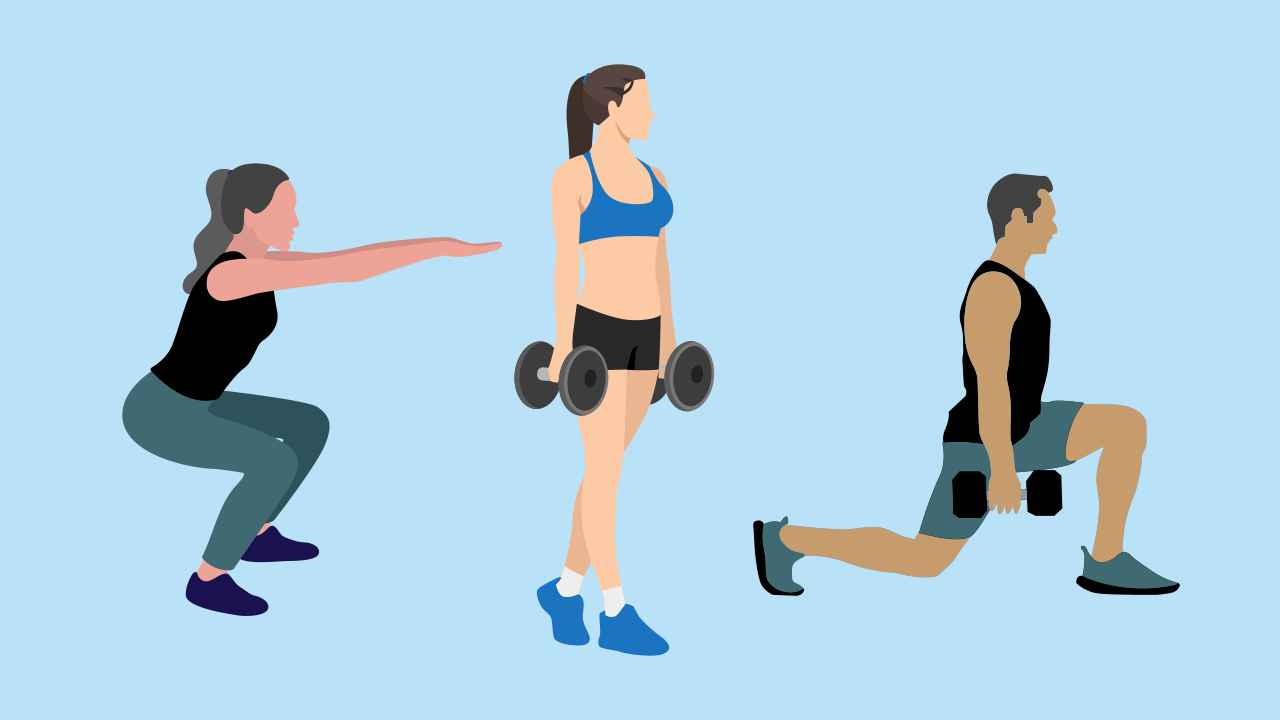
How Can You Recover From Workouts?
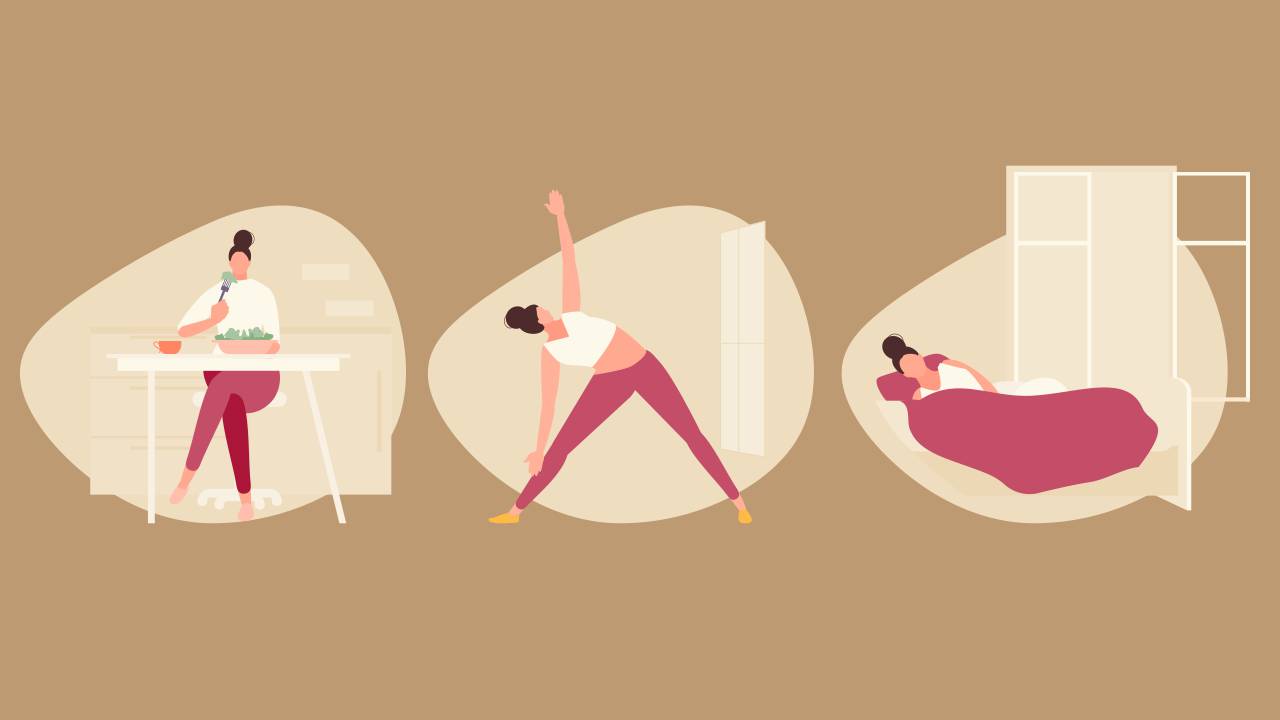
It is common knowledge that exercise is essential for a healthy life. What is not so commonly known is that exercise breaks down muscle and puts a tremendous amount of stress on the body. So how is this a good thing?
When done in conjunction with proper recovery, exercise is one of the best things that you can do for your mind and body. The recovery periods between workouts is what helps realize all the hard work from exercise sessions. Conversely, if an individual were to exercise day in and day out without periods of rest and recovery, their body would break down to the point, where not only would there be no fitness gains, but there would be an increased chance for injury.
Basics of recovery
It’s not one-size-fits-all when it comes to recovery. There are many variables such as one’s fitness level and the volume/ intensity of workouts that influence it. Generally speaking, the more intense a workout or the longer its duration, the more rest is needed.
For example, several more days of recovery would be needed after a long run of 32km than that of a 10km run. In respect to intensity, a hard interval workout of 8 x 800m would require more rest than an 8km tempo run.
In respect to fitness level, those that have a high level of fitness are generally able to tolerate higher levels of intensity as well as greater volumes than someone who has moderate to poor fitness levels. Therefore, well-conditioned individuals can likely tolerate more consecutive days of intensity and high volume than someone who is less conditioned.
How should you recover post workouts?
Whether it be a specific action such as eating immediately after a workout, or the use of a particular piece of equipment (eg, foam roller), there are near endless recovery options.
One common recovery method, often utilized by those doing cardiovascular exercise, is to cool down post workout. An example of this would be to walk slowly after a run. While it may feel good, there is not strong evidence to support that a cool down enhances the recovery process as opposed to not doing any cool down. It’s very important to eat some form of protein (20g-40g) after the workout. This helps in the rebuilding process of muscles and thus, enhances recovery. Additionally, it is important to stay hydrated as well and consume carbohydrates (1.1g-1.5g/kg of body weight) to refill your glycogen stores within 30 minutes of exercising.
On a day-to-day basis, active recovery results in faster recovery than complete rest, which is often termed as passive recovery. Active recovery relates to any sort of low intensity movement (ie, walking). It helps speed up one’s recovery time with increased blood flow to the affected muscles. Increased blood flow equates to increased oxygen delivery, which is necessary for the recovery process.
How do muscles repair after workouts?
As noted earlier, the physical act of exercise puts stress on the body and causes damage to muscles on a cellular level. This damage triggers the body’s immune system to repair the damage via a series of physiological reactions to the extent that the affected muscle or muscles are stronger after this repair process than they were before. This is also the genesis of how muscles become stronger.
What shouldn’t you do when trying to recover?
The primary thing to avoid during the recovery process is any sort of exercise that puts stress on the body, particularly in the form of high heart rate and/ or a heavy load on the affected muscle or muscles.
All too often, people think it’s more the better when it comes to exercise. This often leads these people to view rest and recovery days as wasted time when they could be getting stronger, faster, and fitter. This of course is incorrect and actually serves to slow down or even stall one’s progress
On the opposite end of the spectrum is not doing any physical activity at all. While not as detrimental to recovery as not taking rest days, a lack of movement reduces the blood flow to damaged muscles, which inhibits the healing process. This is the reason why active rest is the way to go.
Stretching and myofascial release
These are two common strategies that individuals often use to help enhance the recovery process. The primary benefit to stretching is to increase one’s range of motion at a particular joint or joints, not muscle recovery.
Surrounding each skeletal muscle is a wrapping called fascia. Fascia can become restricted due to many reasons including injury and being dehydrated. The goal of myofascial release (MFR) is to reduce the tightness of the fascia for the purpose of increasing range of motion, reducing pain, increasing circulation, and reducing muscle tightness. Therefore, MFR may be helpful in the recovery process – specifically in regard to increased circulation and reduced muscle tightness.
Foam rolling is a popular method to perform MFR and is more beneficial than stretching. As the name suggests, foam rolling involves a round cylinder of foam or similar material that is rolled against a particular body part. A common mistake is putting too much pressure on the specified area when foam rolling. While there should be tension felt, pain, and more specifically, a high degree of pain should not be felt when foam rolling. When this occurs, the body naturally tenses via muscle contractions, and therefore is the opposite of what an individual is trying to achieve with MFR.
Sleep
One area that a lot of individuals forget about in respect to recovery is getting enough sleep. You need to sleep for eight to 10 hours every night to let your body facilitate the many physiological and hormonal changes that take place during rest. Sleep deprivation leads to an increase in cortisol and a reduction in testosterone. As a result, protein synthesis, which is required for rebuilding damaged muscles, is greatly reduced.
Despite their prevalence, many of the methods that people use to recover from workouts including post-workout cool downs and stretching, are largely ineffective. Instead, the focus should be on consuming protein and carbohydrates post-workout (ideally within 30 minutes of finishing), performing active recovery activities such as walking during recovery days, staying hydrated, and getting enough sleep.


